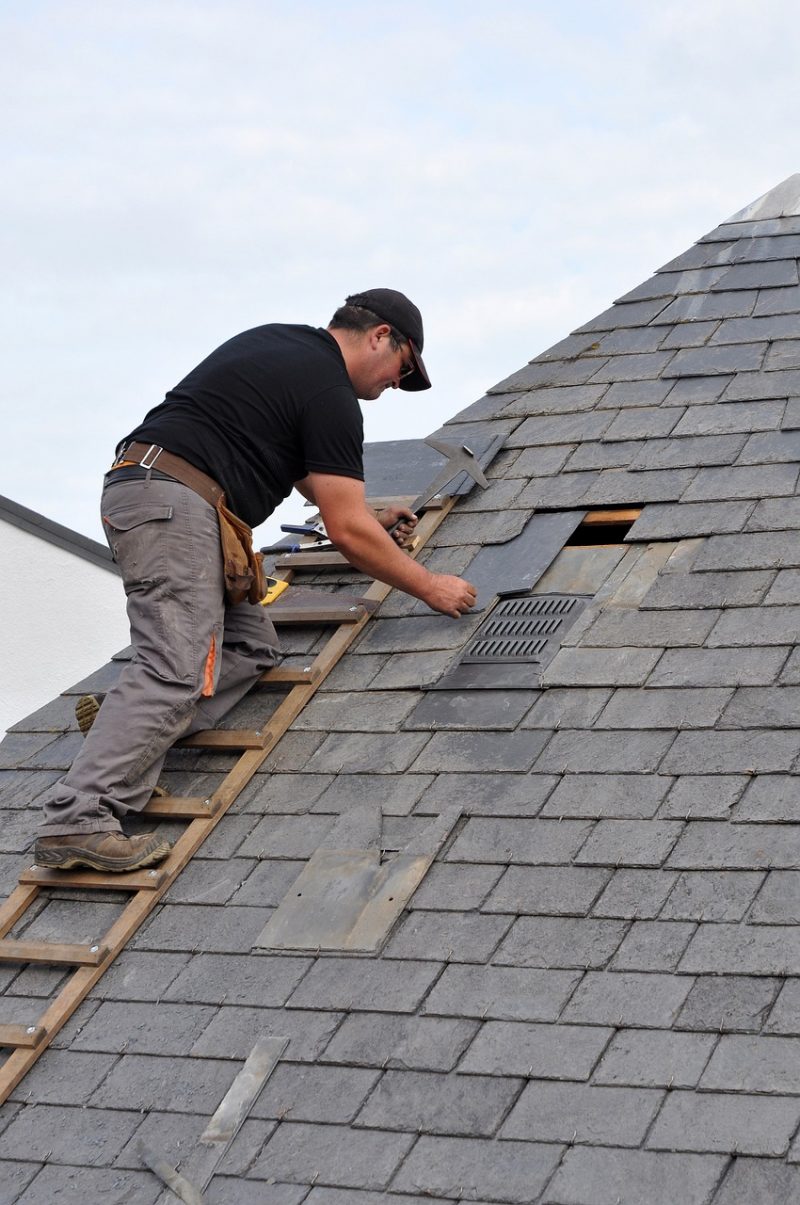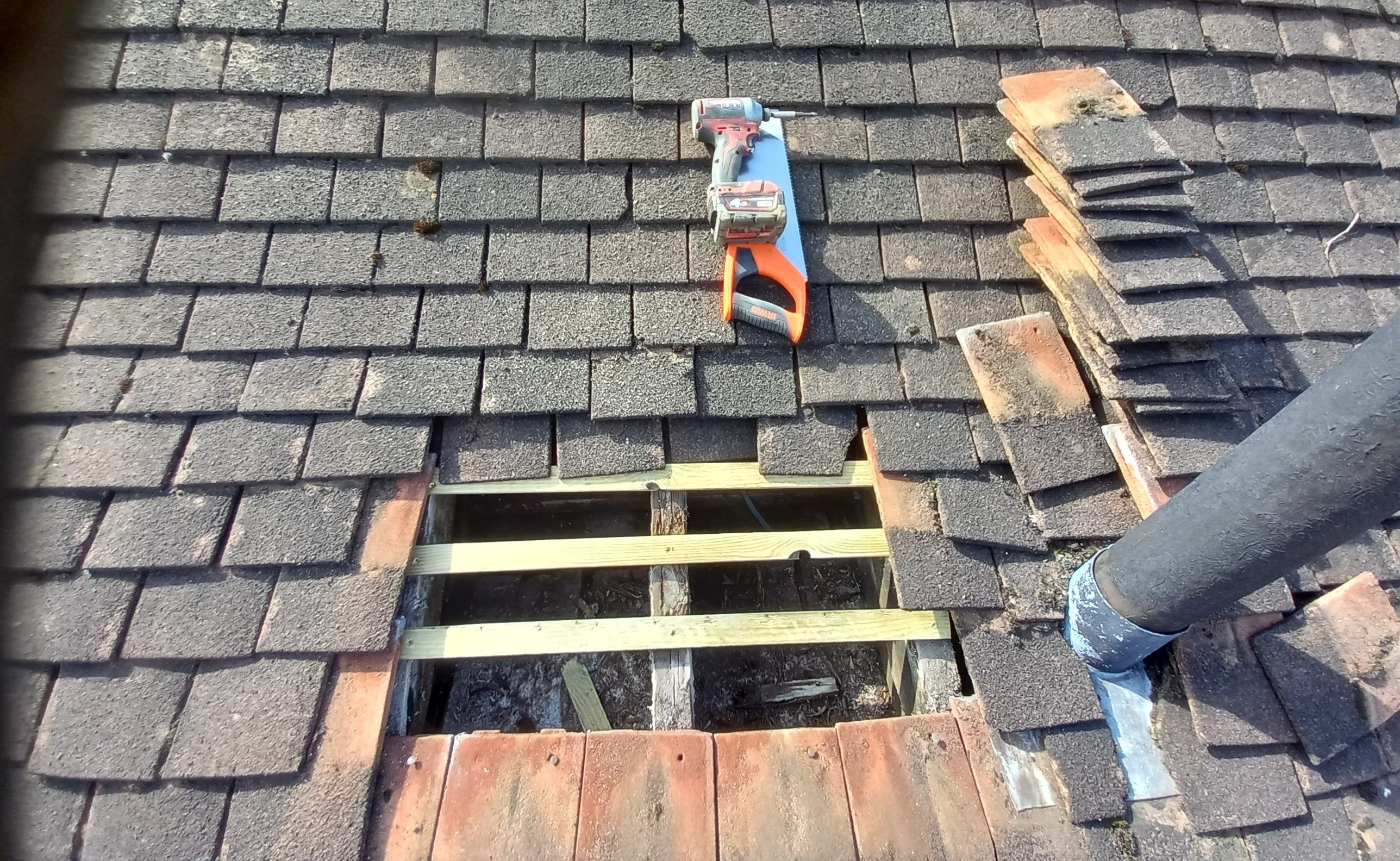Cost Factors to Think About for Your Forthcoming Roofing Replacement Task
When starting a roofing system substitute job, understanding the different cost elements is important for reliable budgeting. Secret considerations consist of the choice of roofing products, which not only influence first costs however likewise long-term durability, as well as labor expenditures driven by the expertise of contractors and local wage criteria. The ins and outs of your roof style can lead to unexpected rises in both materials and labor. As you begin to assess these aspects, it is essential to also check out the frequently ignored aspects that might considerably affect your general expenditure.
Roof Product Selections

Asphalt tiles are among one of the most usual alternatives due to their affordability and ease of installment. Nevertheless, they might call for replacement faster than various other materials, impacting lasting costs. Steel roof, while originally more pricey, boasts exceptional sturdiness and can last decades with very little upkeep, making it a cost-effective choice gradually

Lastly, timber shakes offer a natural aesthetic but require regular upkeep to stop rot and insect damages, possibly enhancing future costs. Ultimately, choosing the right roof covering material is a critical decision that affects not only the prompt budget plan yet also the future financial effects of roof maintenance and substitute.
Labor Costs and Earnings
The competence and ability of roof covering professionals substantially influence the overall cost of a roofing system substitute task. Labor costs typically comprise a considerable part of the total expense, differing based on the experience and credibility of the specialist. Extremely experienced workers command higher wages as a result of their training and effectiveness in performing complex roof covering jobs.
Several aspects add to labor expenses, including local wage rates, the demand for roof covering solutions, and the seasonality of the construction sector. In city areas or places with a high price of living, labor prices often tend to be elevated - roof replacement. Additionally, throughout peak periods, when the demand for roofing services rises, contractors might boost their prices as necessary
An even more experienced crew might work extra efficiently, possibly decreasing labor hours and overall costs. Spending in experienced labor can lead to a much more long lasting and dependable roof covering, ultimately conserving expenses on future fixings.
Roofing Layout Complexity
Roof covering layout complexity plays a vital function in determining the total price of a roof substitute job. The complexity of a roof covering's design straight impacts labor requirements, material selections, and job duration. More complex roof covering layouts, such as multi-gabled or vaulted click reference structures, usually hop over to these guys necessitate added labor hours and specialized skills, boosting general costs.
Furthermore, the type and quantity of products needed can differ significantly based upon the roof covering's geometry. For instance, roofs with high inclines or one-of-a-kind architectural functions might need custom-cut materials, which can be a lot more expensive than common alternatives. In addition, the potential for raised waste during installation need to be taken into consideration, as detailed styles might lead to higher material costs.
Furthermore, intricate roofings can pose security obstacles for contractors, demanding improved precaution and tools, which might additionally inflate labor expenses. These elements emphasize the value of carefully analyzing your roof covering's style complexity when budgeting for a substitute.
Eventually, home owners ought to team up carefully with their roofer to fully understand exactly how design complexity will certainly affect their job's financial extent, ensuring educated decisions that straighten with both visual choices and monetary constraints.
Licenses and Laws
Browsing permits and regulations is a critical element of any kind of roof replacement task that can substantially affect overall costs and timelines. Before commencing job, property owners must make certain compliance with regional structure codes, which may vary by municipality. These codes commonly determine architectural demands, roof products, and even aesthetic considerations, especially in historic areas.
Obtaining the needed authorizations is not only a legal obligation however can likewise stop costly penalties and project delays. Typically, the application process involves submitting detailed strategies and requirements, along with paying connected charges. get redirected here Depending upon the intricacy of the project, inspections may be needed at different phases, contributing to the timeline and labor expenses.
In addition, some regions may have details guidelines concerning power performance, which could demand making use of certain products or methods that might be extra costly upfront but yield long-lasting cost savings. Engaging with a certified contractor who recognizes with regional laws can simplify this procedure and aid mitigate dangers. Ultimately, understanding and dealing with authorization and regulatory needs early in the preparation stage can promote a smoother, much more affordable roof covering replacement task.
Hidden Prices and Contingencies
Anticipating concealed costs and backups is important for house owners planning a roofing system replacement, as these costs can rapidly intensify the first budget plan. While the estimated rate might cover the noticeable aspects of the task, unforeseen factors often emerge, demanding additional economic allowance.
One typical concealed expense is the discovery of underlying architectural damages during the elimination of the old roof. Problems such as rot, mold and mildew, or worn-out sheathing can require instant attention, leading to boosted labor and material costs. Furthermore, if your home has numerous layers of roofing, the expense of elimination can be significantly more than expected.
An additional variable to think about is the expense of materials. Costs can vary based upon market conditions, and unanticipated scarcities might demand final replacements, possibly impacting the spending plan. Furthermore, if climate problems postpone the task, added labor prices might build up.
To alleviate these risks, it is prudent to establish apart a backup fund-- typically 10-20% of the complete project price. This fund can supply a financial buffer versus unforeseen costs, making sure that your roof substitute task continues efficiently and within budget plan. Proper planning and insight will assist home owners navigate these complexities effectively.
Final Thought
In final thought, an extensive understanding of price aspects is crucial for an efficient roofing replacement job. The option of roofing materials, labor expenses, and the intricacy of the roofing layout considerably influence the total budget - roof replacement.